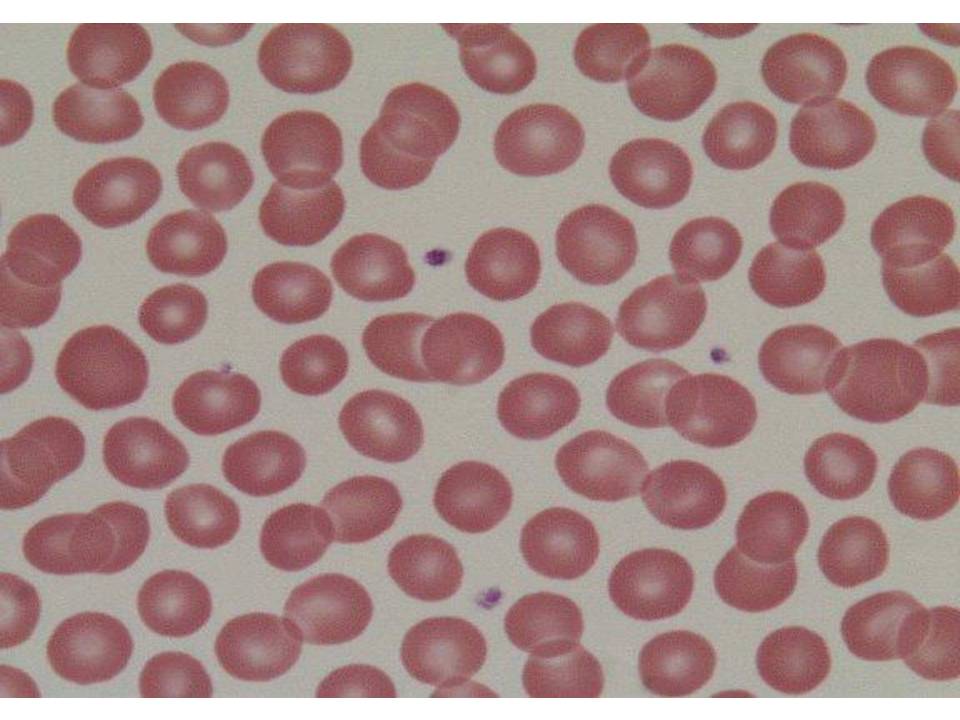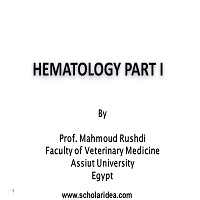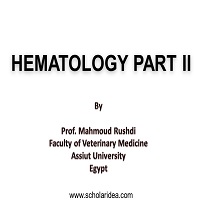
Prof. Mahmoud Rushdi (Assiut University-Egypt)
Definition
Polycythemia is the increase of RBCs count above the normal upper limit specific for each animal species. There are two types of polycythemia, which are relative and absolute polycythemia.
Increased total RBCs count, hemoglobin concentration and PCV %. Increase blood total protein level and its fractions. increase blood urea nitrogen level. Normal erythropoietin level. N.B.: The increased blood total proteins, albumin, globulins and urea occur as a result of hemoconcentration.
Absolute Polycythemia
Absolute polycythemia is defined as the persistent increase in total RBCs count. Absolute ploycthemia occur as a result of elevated erythropoietin level (A hormone synthesized by the messangial cells in the kidney and its role is to stimulate the synthesis of RBCS by the bone marrow). Another cause for absolute polycythemia is the lack of oxygen results in increase RBCs synthesis by the bone marrow. Absolute polycythemia occur also due to hyperplasia of the bone marrow, or presence of tumor at the bone marrow, which results in increased synthesis of RBCs. Laboratory Findings in absolute polycythemia
Increased total RBCs count, hemoglobin concentration and PCV %. Normal blood total protein level and its fractions. Normal blood urea nitrogen level. High erythropoietin level. Decrease Po2 in case of hypoxia.






